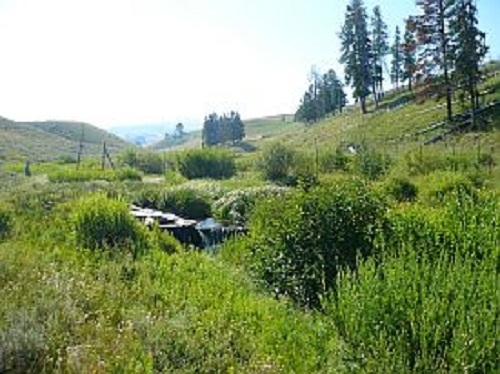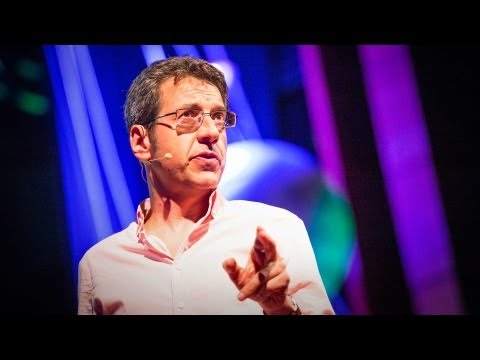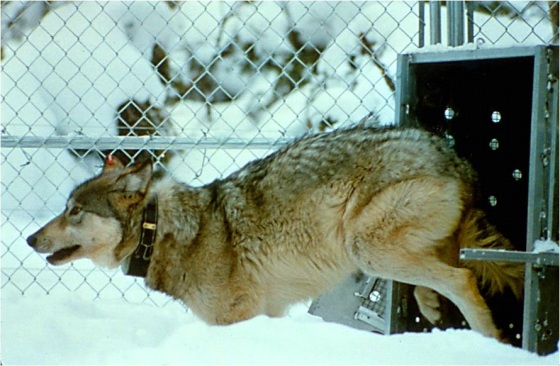Every
now and then I read something that gives me hope. Let me clarify –
something involving the efforts of real, living, engaged human beings –
who identify something that will improve life. And who then get to
it. Last week I was verbally abused by a man who was blocking an already
narrow road with his car. He turned a simple, smiling request into a
spew of vitriol – against my gender, my age and my colour. All this
because I asked him (sweetly) to move into a parking bay that was
literally 10 feet in front of him.
The news about Uganda’s, now legalised, homophobia, and our Governments refusal to comment – sealed the day. Took the breeze right out of my heart and made me glum all evening. I lay in bed wishing there was someway to reboot the world. A control/alt/delete that will allow us to reset, restart.
In his TED Talk, George Monbiot rather poetically explains how reintroducing wolves to Yellowstone National Park in 1995 set off a “trophic cascade”. Tropic cascade is an ecological process that “starts at the top of the food chain and tumbles all the way down to the bottom”. In Yellowstone Park, that cascade ”altered the movement of deer, sent trees soaring to unprecedented heights, attracted scores of new animals to the area (think: beavers, rabbits, bears, bald eagles and more), and stabilized the banks of rivers making them less susceptible to erosion.”
The word for this process is ‘rewilding’ and “even though rewilding is a young word, it already has several definitions”. The first is the mass restoration of ecosystems – which Monbiot explains:
“Before the wolves turned up, they’d been absent for 70 years. The numbers of deer, because there was nothing to hunt them, had built up and built up in the Yellowstone Park, and despite efforts by humans to control them, they’d managed to reduce much of the vegetation there to almost nothing, they’d just grazed it away. But as soon as the wolves arrived, even though they were few in number, they started to have the most remarkable effects.”

A trophic cascade began: ”First, of course, they killed some of the deer, but that wasn’t the major thing. Much more significantly, they radically changed the behavior of the deer. The deer started avoiding certain parts of the park, the places where they could be trapped most easily, particularly the valleys and the gorges, and immediately those places started to regenerate. In some areas, the height of the trees quintupled in just six years.
Bare valley sides quickly became forests of aspen and willow and cottonwood. And as soon as that happened, the birds started moving in. The number of songbirds, of migratory birds, started to increase greatly. The number of beavers started to increase, because beavers like to eat the trees. And beavers, like wolves, are ecosystem engineers. They create niches for other species. And the dams they built in the rivers provided habitats for otters and muskrats and ducks and fish and reptiles and amphibians.
The wolves killed coyotes, and as a result of that, the number of rabbits and mice began to rise, which meant more hawks, more weasels, more foxes, more badgers. Ravens and bald eagles came down to feed on the carrion that the wolves had left. Bears fed on it too, and their population began to rise as well, partly also because there were more berries growing on the regenerating shrubs, and the bears reinforced the impact of the wolves by killing some of the calves of the deer.”
Even the rivers changed in response to the wolves’ presence: the regenerating forests stabilized the banks so that they collapsed less often – allowing the rivers to become more fixed in their course. They meandered less, the absence of deer in some places allowed vegetation to recover on the valley sides, leading to less erosion. Channels narrowed, creating pools and riffle sections – all great for wildlife habitats.

Rewilding, said Monbiot, not only means “bringing back some of the missing plants and animals. It means taking down the fences, it means blocking the drainage ditches, it means preventing commercial fishing in some large areas of sea, but otherwise stepping back.” He believes rewilding “lets nature decide, and nature, by and large, is pretty good at deciding.”
But there’s second definition of rewilding that interests Monbiot: the rewilding of human life. He doesn’t see this as an alternative to civilization: ”we can enjoy the benefits of advanced technology, as we’re doing now, but at the same time, if we choose, have access to a richer and wilder life of adventure when we want to because there would be wonderful, rewilded habitats.”
He believes that opportunities to do this are developing rapidly, and cites an estimate that suggests 2/3 of the land in the United States that was once forested, then cleared has now become reforested as loggers and farmers have retreated. Another estimate predicts that 30 million hectares of land in Europe, an area the size of Poland, will be vacated by farmers between 2000 and 2030.
“Paleoecology, the study of past ecosystems, crucial to an understanding of our own, feels like a portal through which you may pass into an enchanted kingdom. And if we really are looking at areas of land of the sort of sizes I’ve been talking about becoming available, why not reintroduce some of our lost megafauna, or at least species closely related to those which have become extinct everywhere? Why shouldn’t all of us have a Serengeti on our doorsteps?”
I wondered, would that work? Are we even capable of re-plotting our course – like Yellowstone Park’s Rivers had? Could the rewilding of our environment stop the erosion of our souls and values?
Monbiot
believes so: “perhaps this is the most important thing that rewilding
offers us, the most important thing that’s missing from our lives: hope.
In motivating people to love and defend the natural world, an ounce of
hope is worth a ton of despair.”
(Watch George Monbiot’s full talk here.
Image Gray Wolves with skeleton at Yellowstone. Photo: Steve Jurvetson.
TED | Filmed July 2013. Other images of wolves found on Yellowstone
Park’s website.



